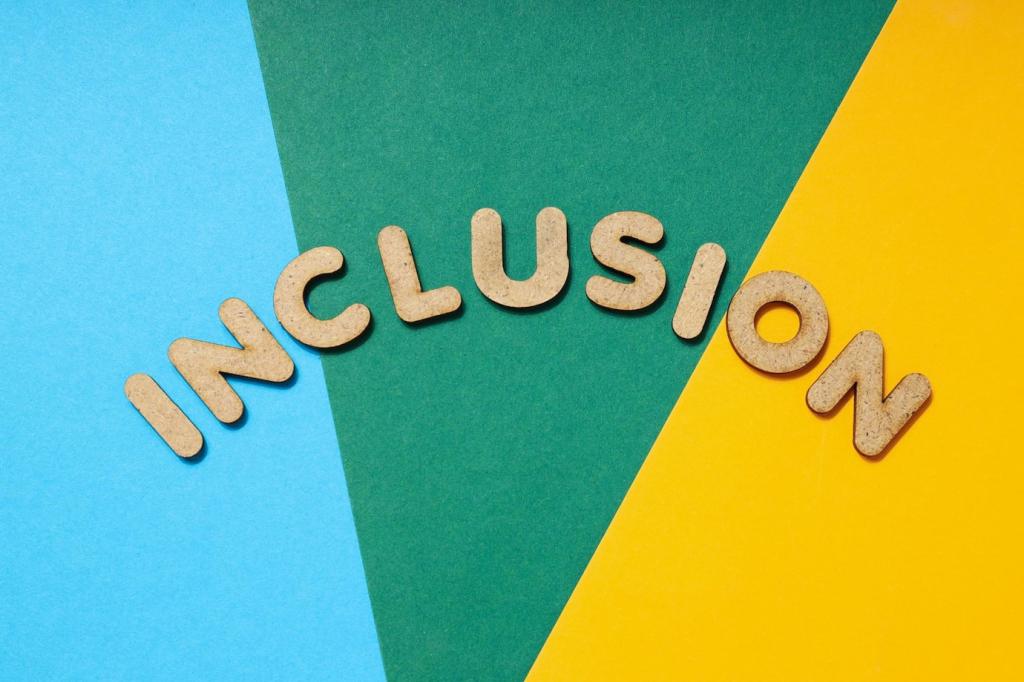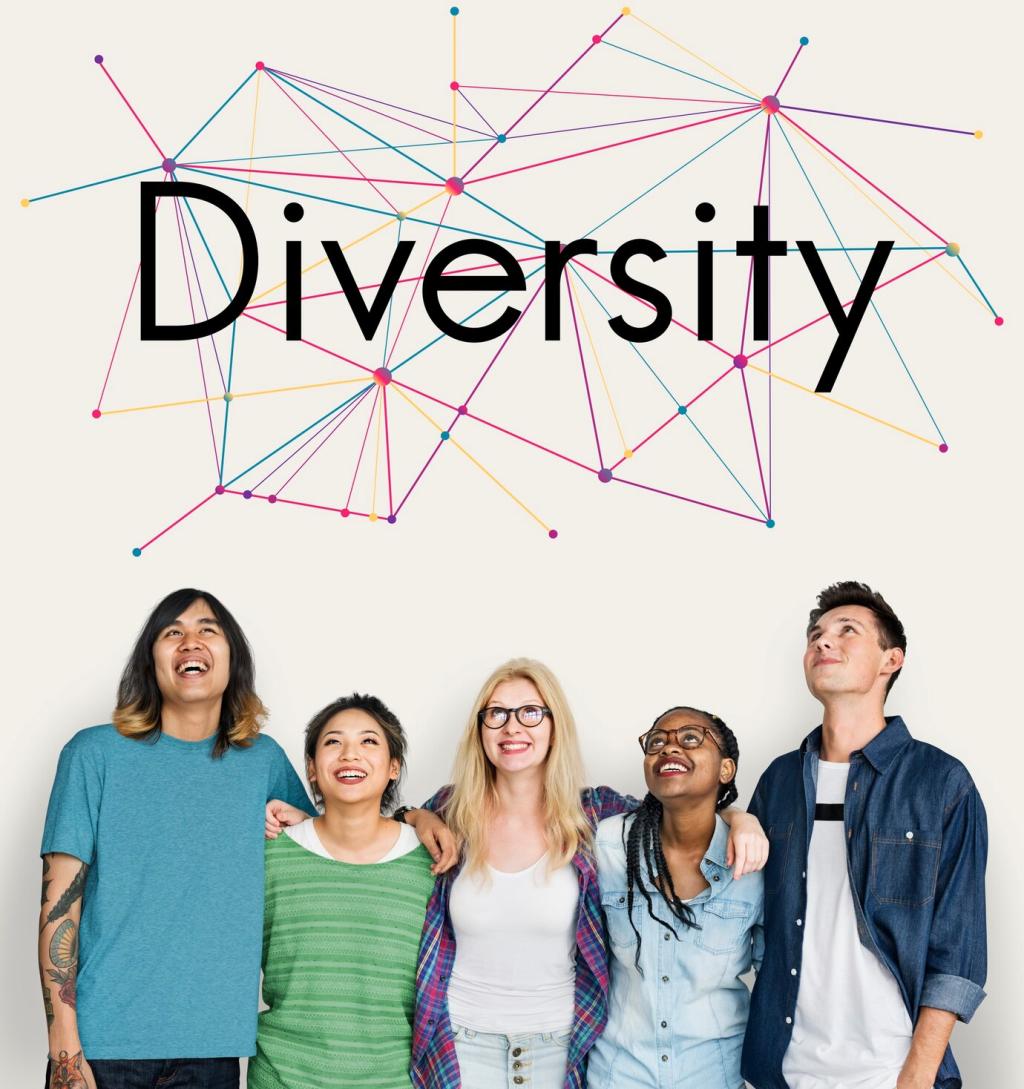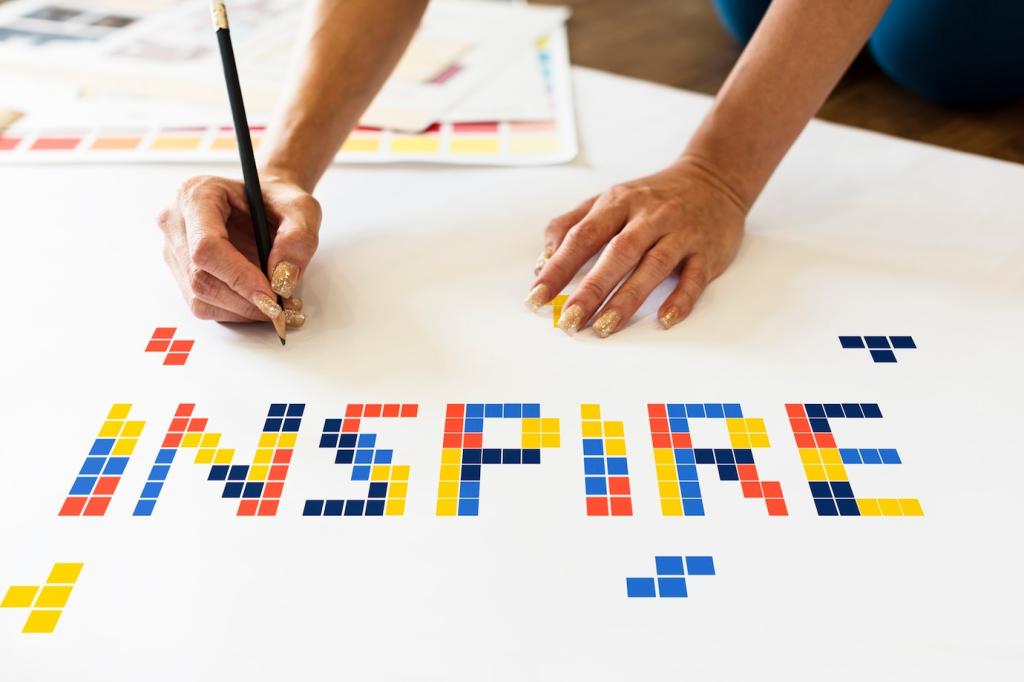Inside a Day at Camp
Sketchbook sprints, movement games, rhythm circles, and color prompts shake off hesitation. Early wins matter; a ten-minute burst can unlock surprising choices that ripple through projects all day long.
Inside a Day at Camp
Film labs hum with storyboarding, dance floors echo with counts, ceramics wheels spin steady as heartbeats. Mentors float, coaching timing, framing, balance, breath, and the generous art of constructive revision.




